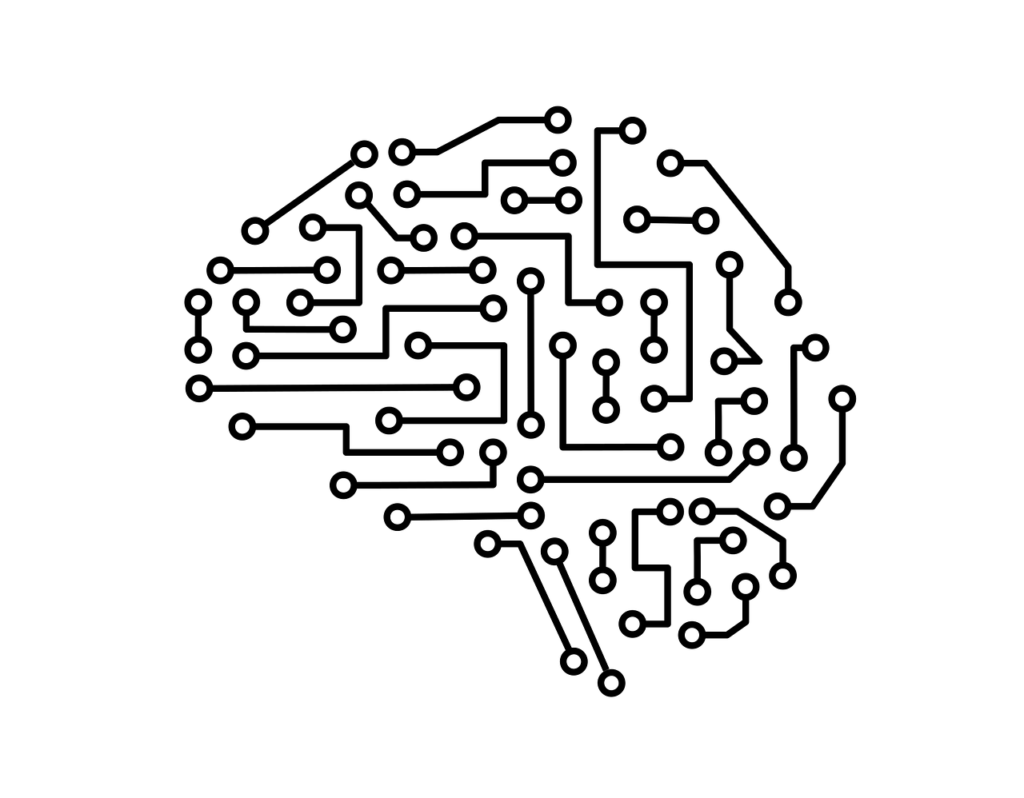Have you ever wondered how data scientists make sense of numbers to predict future outcomes? If so, you’re in for a treat! One of the most fundamental methods used in data science for this purpose is linear regression, a powerful statistical tool that helps make predictions based on data. In this article, we’ll break down linear regression and Ordinary Least Squares (OLS) in a way that’s easy to grasp. Let’s get started!
What is Linear Regression?
Linear regression is a statistical method that attempts to model the relationship between two variables by fitting a linear equation to the observed data. When you think about predicting outcomes—like how much you might spend on groceries based on your family size—linear regression provides a structured way to analyze that relationship.
Imagine you have a scatter plot with points showing how different family sizes correspond to weekly grocery spending. Linear regression fits a straight line that best represents this relationship. The goal is to understand how changes in one variable (family size) can lead to changes in another variable (grocery spending).
The Equation of Linear Regression
At its core, the linear regression equation looks like this:
[ y = mx + b ]
Where:
- (y) is the dependent variable (the outcome you want to predict, like grocery spending).
- (x) is the independent variable (the input you’re using to make predictions, like family size).
- (m) represents the slope of the line (how much (y) changes for a one-unit change in (x)).
- (b) is the y-intercept (the predicted value of (y) when (x) is zero).
Understanding this equation is crucial, as it lays the foundation for building predictions in linear regression.

Understanding the Variables
Dependent Variable
The dependent variable is the one you’re trying to predict or explain. In our grocery example, your weekly spending is dependent on family size. You want to know how much to expect based on different family sizes.
Independent Variable
On the flip side, the independent variable is what you use to predict the dependent variable. It’s not influenced by the other variable—in this context, it’s the family size.
Types of Linear Regression
There are two primary types of linear regression that you should know:
Simple Linear Regression
Simple linear regression involves just one independent variable and one dependent variable. It’s as straightforward as the previous family size and grocery spending example. You’d use this method when you believe a single factor drives the outcome you’re analyzing.
Multiple Linear Regression
Multiple linear regression extends the concept by including two or more independent variables. Suppose you also want to include factors like income level and age in your grocery spending model. You’d be using multiple linear regression to analyze the relationship among several predictors and the spending outcome.

Key Assumptions of Linear Regression
Every statistical method comes with a set of assumptions, and linear regression is no different. Understanding these assumptions can help you use the method more effectively and improve the accuracy of your models.
Linearity
The relationship between the independent and dependent variables should be linear. This means that a change in the independent variable should produce a proportional change in the dependent variable.
Independence
The residuals (the differences between observed and predicted values) should be independent. This means that one data point’s residual should not be influenced by another’s.
Homoscedasticity
This fancy term means that the residuals should have constant variance at all levels of the independent variable. In simpler terms, the spread of residuals should stay consistent as you move along the x-axis.
Normality
The residuals should approximate a normal distribution. This assumption helps in conducting hypothesis tests and building confidence intervals.
Benefits of Linear Regression
Why should you consider using linear regression for your analysis? Here are a few benefits:
Easy to Interpret
The results of linear regression are straightforward to interpret. You can clearly see the relationship between variables and how they influence the dependent variable.
Efficient and Fast
Linear regression is computationally efficient, making it suitable for large datasets. The calculations involved are relatively simple and quick to perform.
Foundation for Advanced Models
Understanding linear regression sets a solid foundation for exploring more complex statistical methods. Many advanced modeling techniques build upon the principles established by linear regression.

Introducing Ordinary Least Squares (OLS)
Now that you have a grasp of linear regression, let’s dive into Ordinary Least Squares (OLS). OLS is the most common method used to estimate the parameters of a linear regression model.
What is OLS?
Ordinary Least Squares is a technique that finds the best-fitting line through your data by minimizing the sum of the squares of the residuals. In simpler terms, it looks for the line where the distance between the observed values and the predicted values is as small as possible.
The OLS Formula
The OLS method provides an equation you can use to calculate the slope ((m)) and intercept ((b) of the regression line:
-
Slope Calculation: [ m = \frac ]
-
Intercept Calculation: [ b = \frac{\sum y – m(\sum x)} ]
Where:
- (N) is the number of data points
- (\sum xy) is the sum of the product of the (x) and (y) values.
- (\sum x) is the sum of all (x) values.
- (\sum y) is the sum of all (y) values.
- (\sum x^2) is the sum of squares of the (x) values.
Understanding these calculations may seem complex at first, but they are fundamental to the OLS method and linear regression overall.
Steps to Perform OLS Regression
Here’s a clear process to follow when performing OLS regression:
Step 1: Collect Data
Start by gathering data that you think will influence your dependent variable. The more relevant your data, the more accurate your models will be.
Step 2: Clean the Data
Ensure your data is clean and organized. Eliminate any anomalies or outliers that could skew your results. Missing data should be addressed to maintain the integrity of your analysis.
Step 3: Visualize the Data
Creating scatter plots or graphs can help you visualize the relationship between your variables. This step often reveals insights and patterns that can guide your analysis.
Step 4: Fit the Model
Use statistical software or programming platforms like R or Python to implement OLS and fit your regression model to the data.
Step 5: Analyze the Results
After fitting your model, it’s essential to interpret the coefficients and understand what they imply about the relationship between variables. This understanding helps you draw conclusions and refine your model.
Step 6: Validate the Model
You’ll want to check the accuracy of your model by comparing its predictions against actual outcomes. Techniques like cross-validation can offer insights into the model’s performance.
Step 7: Make Predictions
Once validated, you can use your model to make predictions about new data. This is where the real power of linear regression comes to play!
Limitations of Linear Regression and OLS
While linear regression and OLS are incredibly useful techniques, they do come with limitations.
Linearity Assumption
Linear regression assumes a linear relationship, which isn’t always the case in real-world data. If the relationship is non-linear, a linear regression model may produce unsatisfactory results.
Sensitivity to Outliers
Linear regression is sensitive to outliers, which can disproportionately influence the result of the regression line. It’s important to identify and manage outliers carefully.
Assumption Violations
If any of the key assumptions of OLS are violated, the results may be unreliable. For instance, if residuals are not normally distributed, this can impact hypothesis testing.
Conclusion
In summary, linear regression and Ordinary Least Squares are foundational techniques in data science that allow for making predictions based on historical data. By understanding the basics of linear regression, the importance of OLS, and its underlying assumptions, you’re better equipped to tackle data-driven challenges.
Whether you’re predicting sales, analyzing trends, or looking to inform your decision-making, these methods provide a solid framework for understanding relationships between variables. Embrace these concepts, and you’ll be well on your way to harnessing the power of data in your projects.

